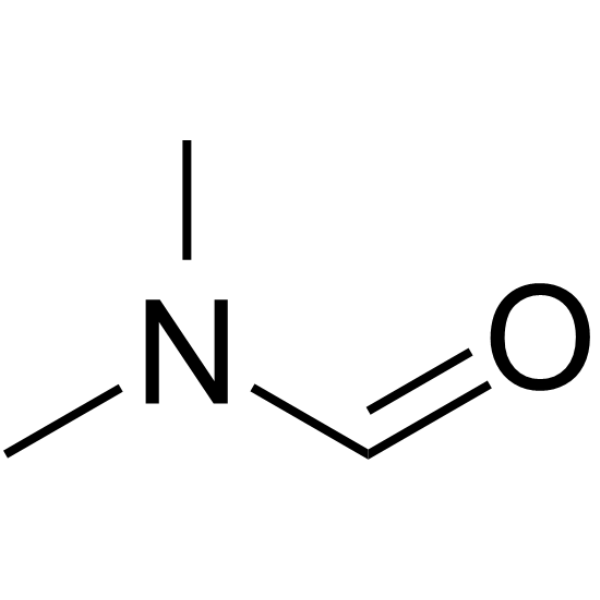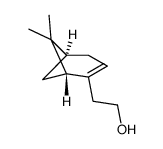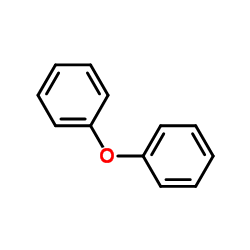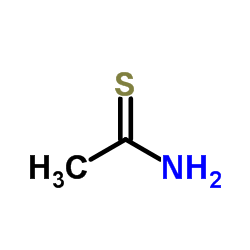| Structure | Name/CAS No. | Articles |
|---|---|---|
 |
N,N-Dimethylformamide
CAS:68-12-2 |
|
 |
oleic acid
CAS:112-80-1 |
|
 |
1,1,2-Trichloroethane solution
CAS:79-00-5 |
|
 |
(-)-NOPOL
CAS:35836-73-8 |
|
 |
Diphenyl oxide
CAS:101-84-8 |
|
 |
Thioacetamide
CAS:62-55-5 |
|
 |
Butane,1,1-dichloro-3,3-dimethyl-
CAS:6130-96-7 |